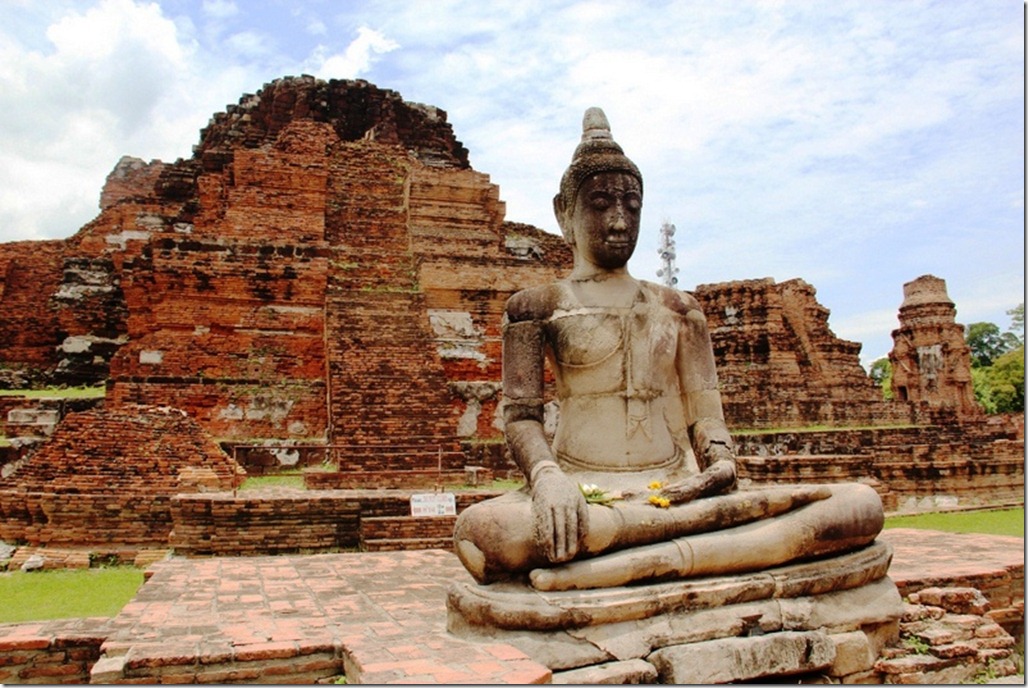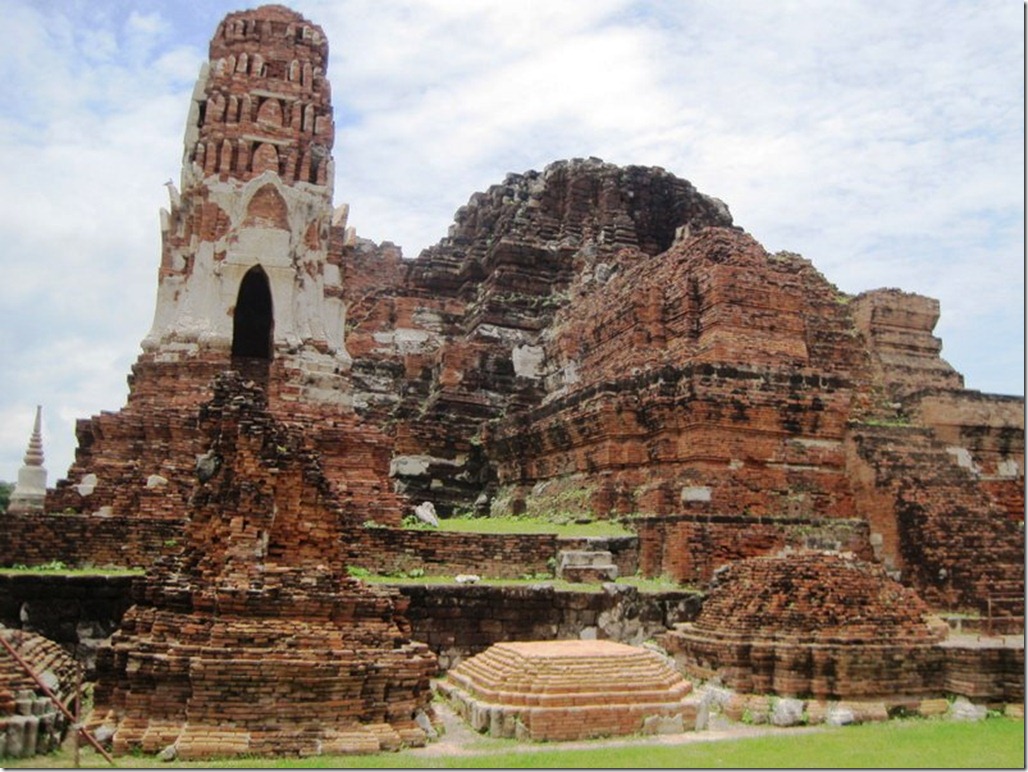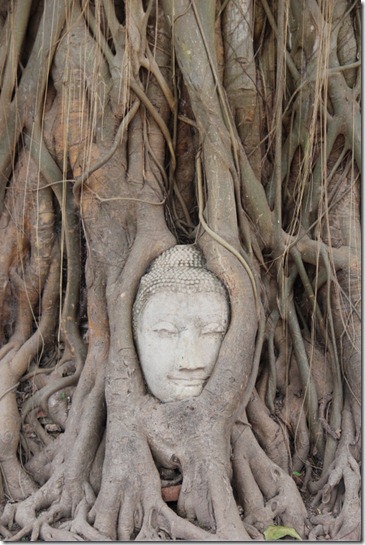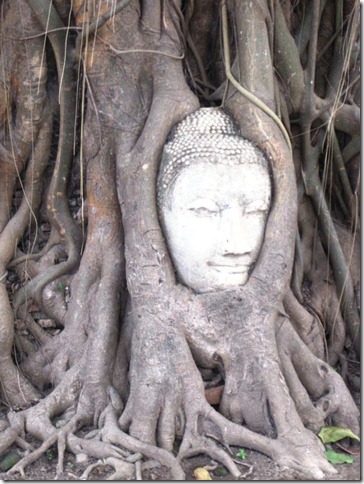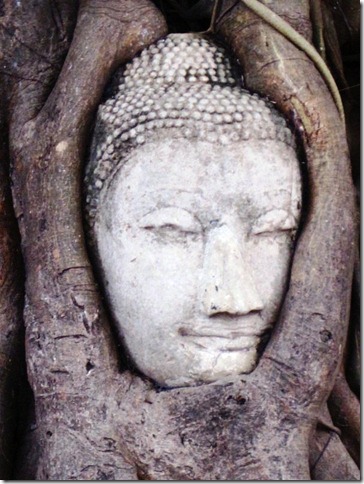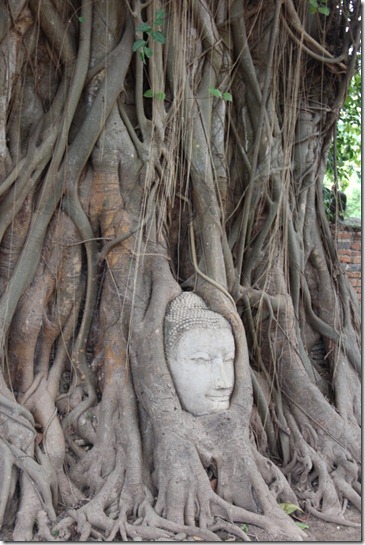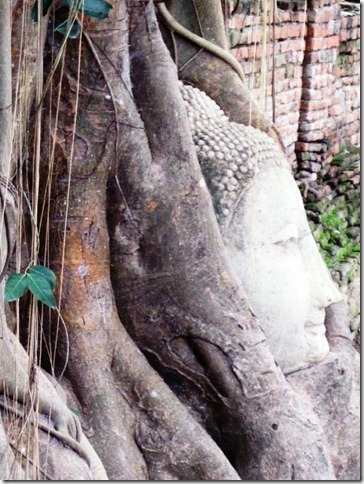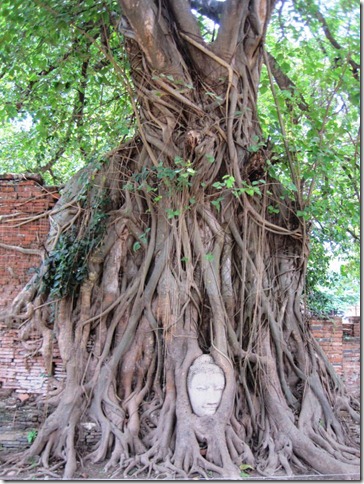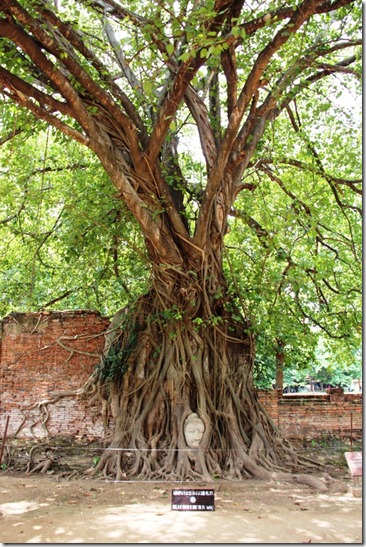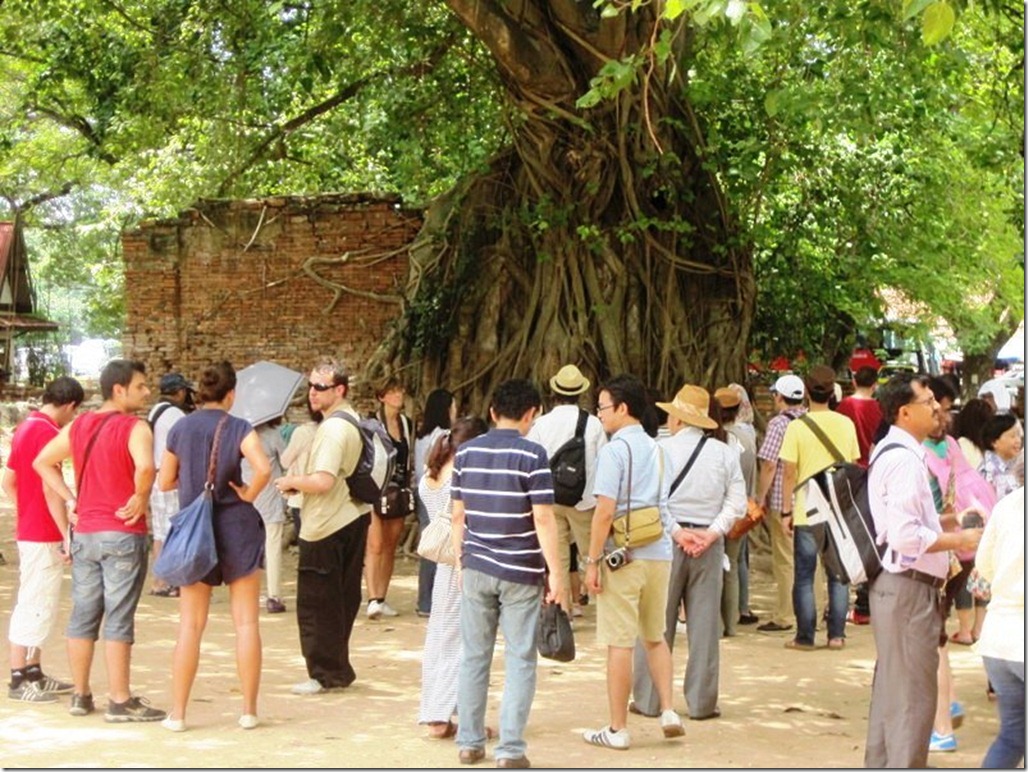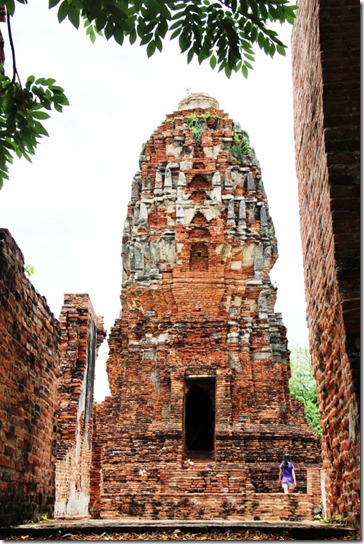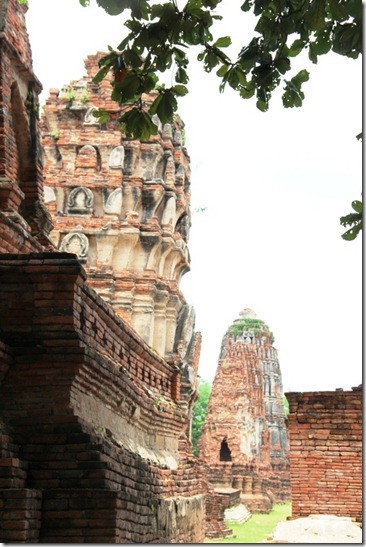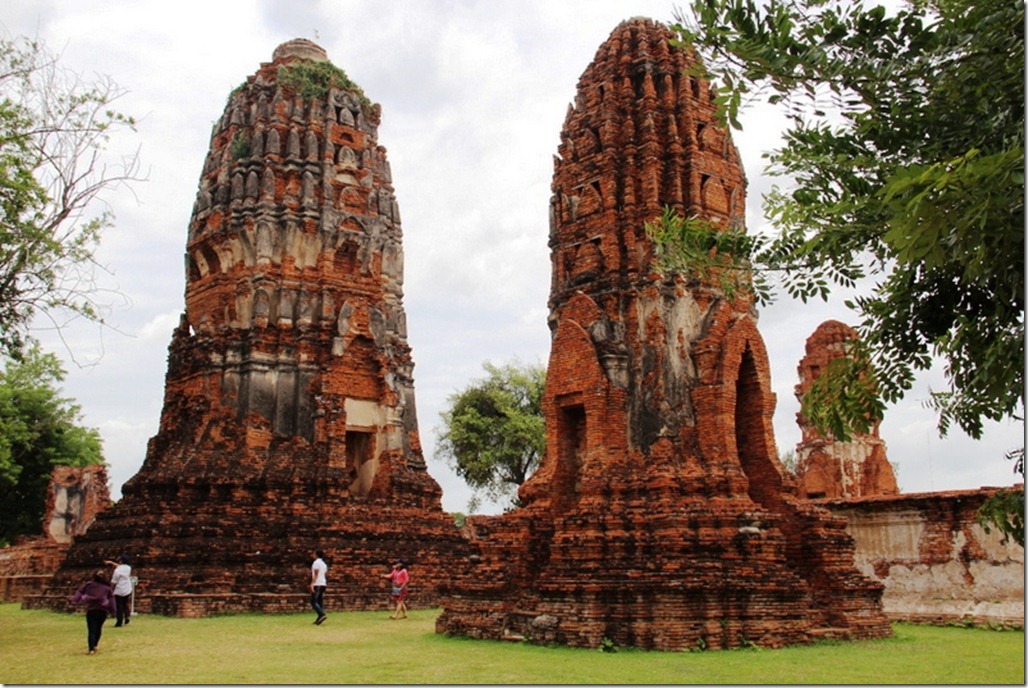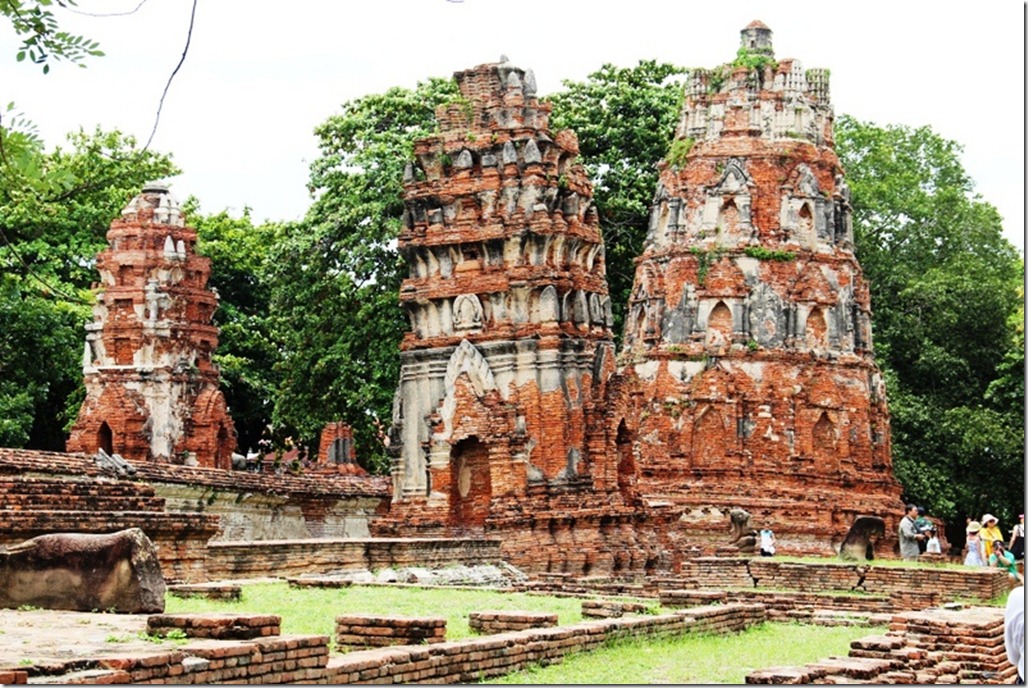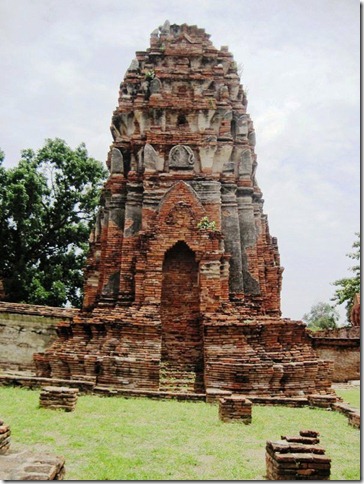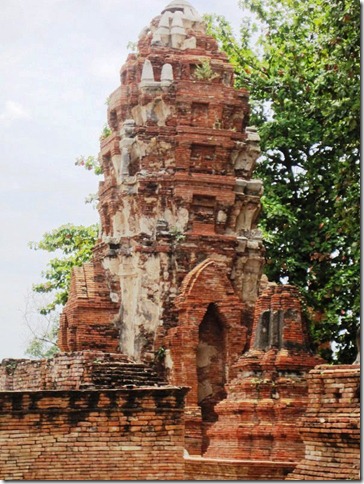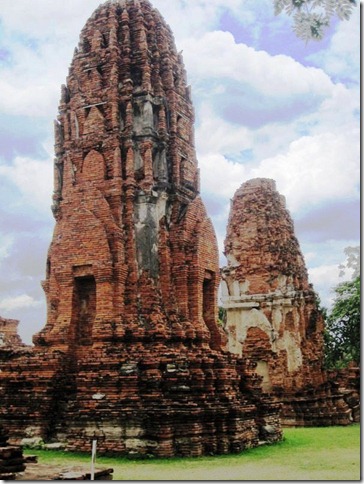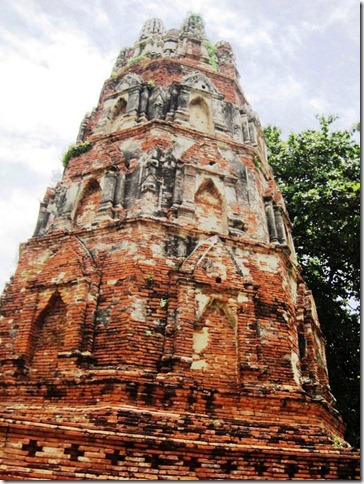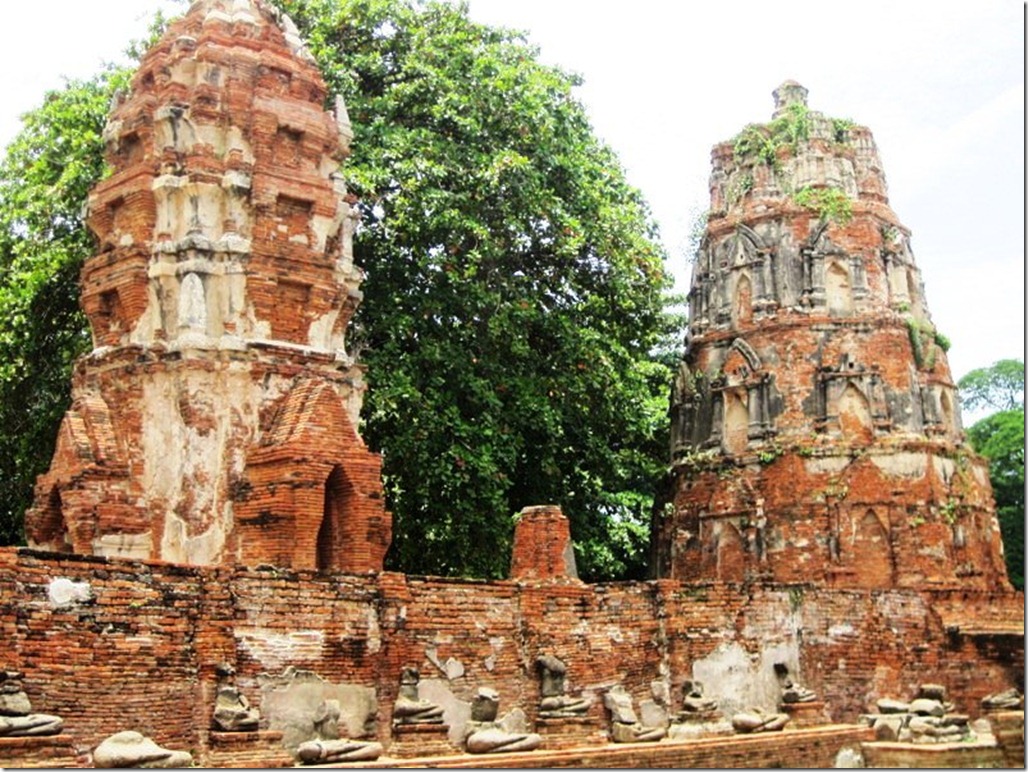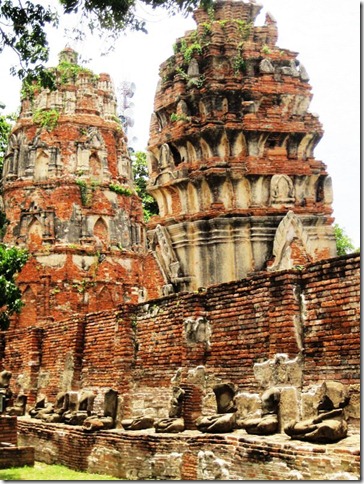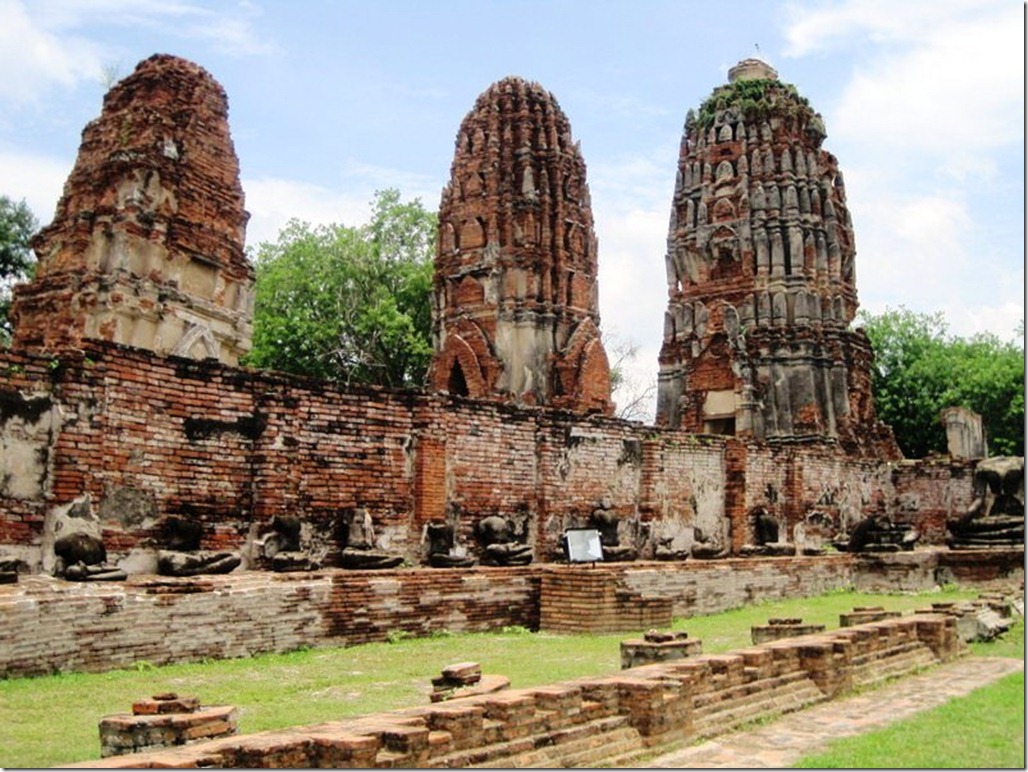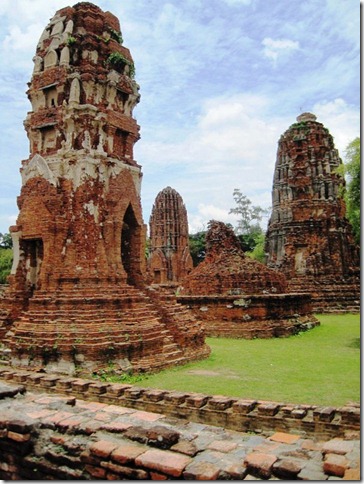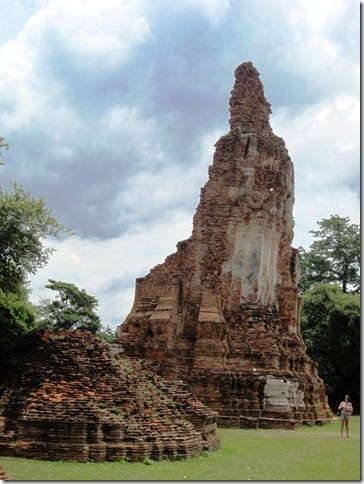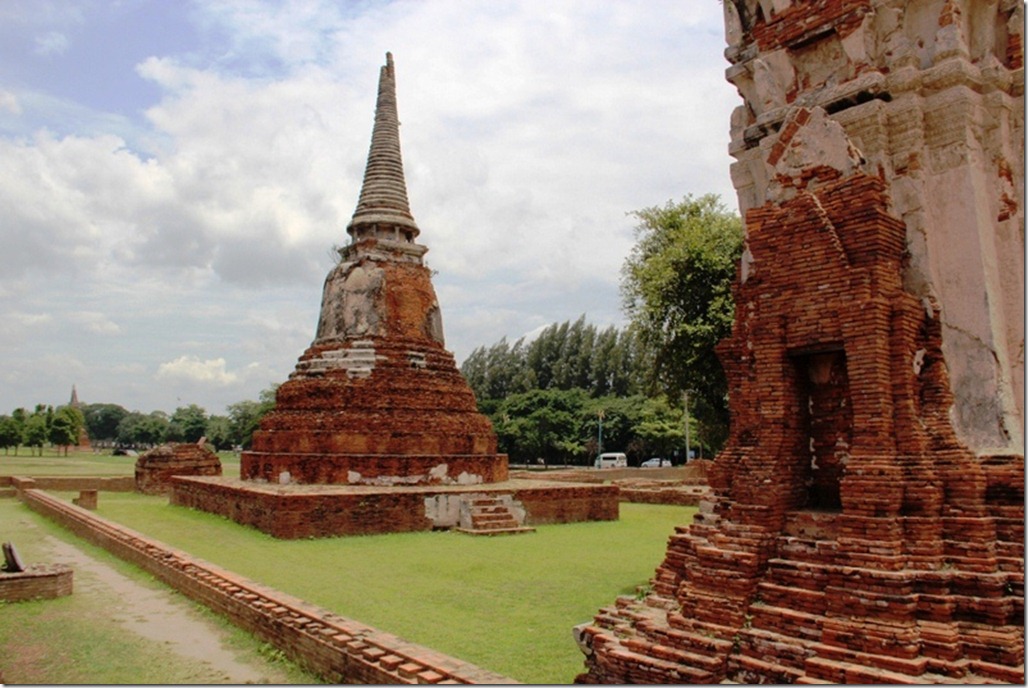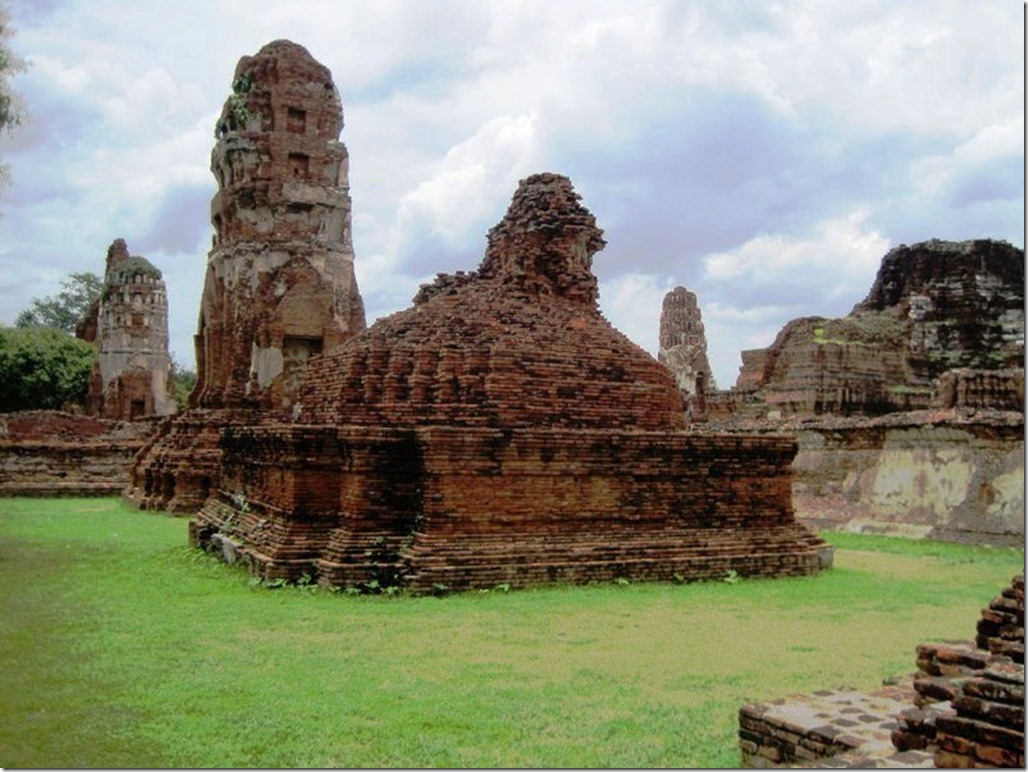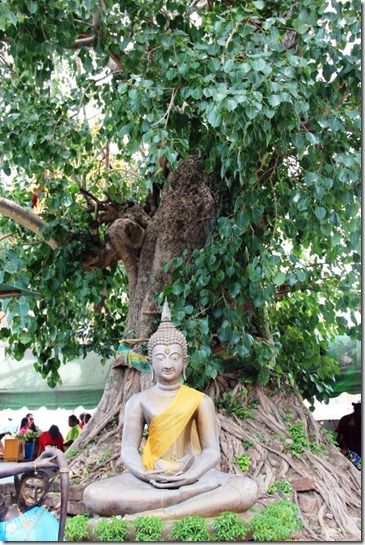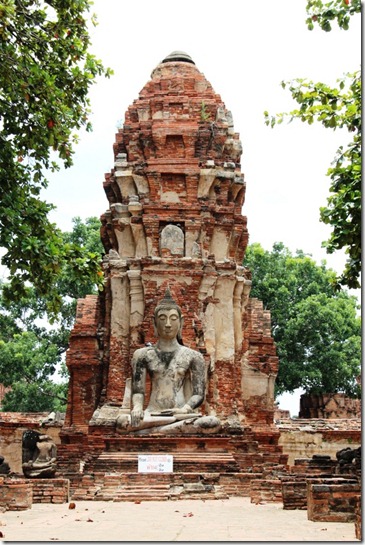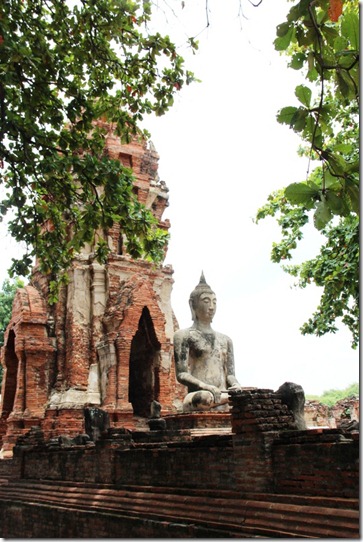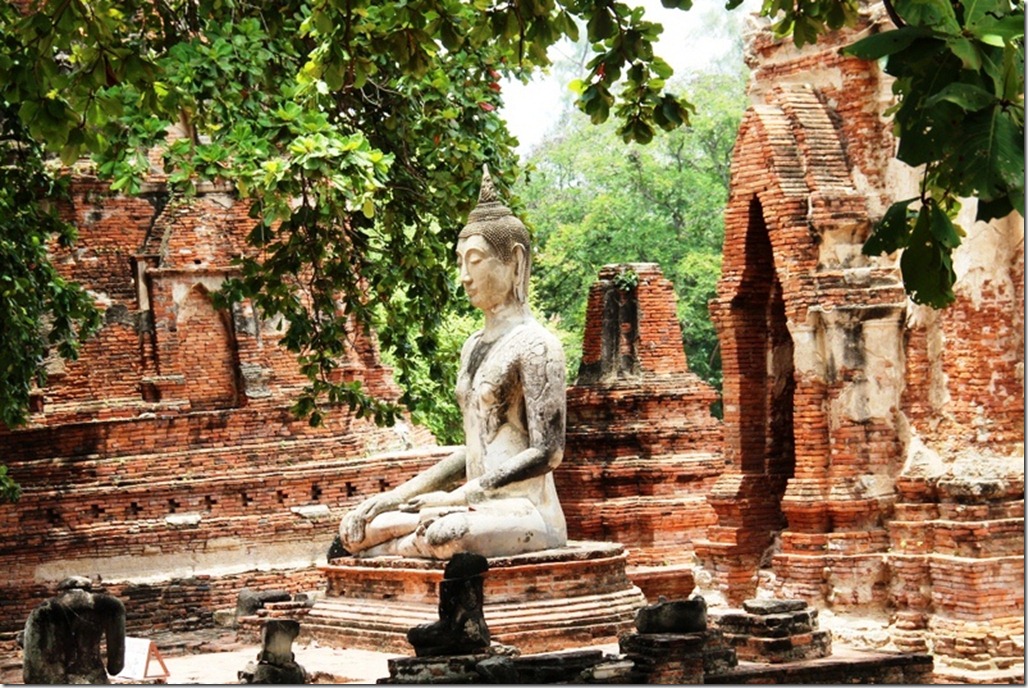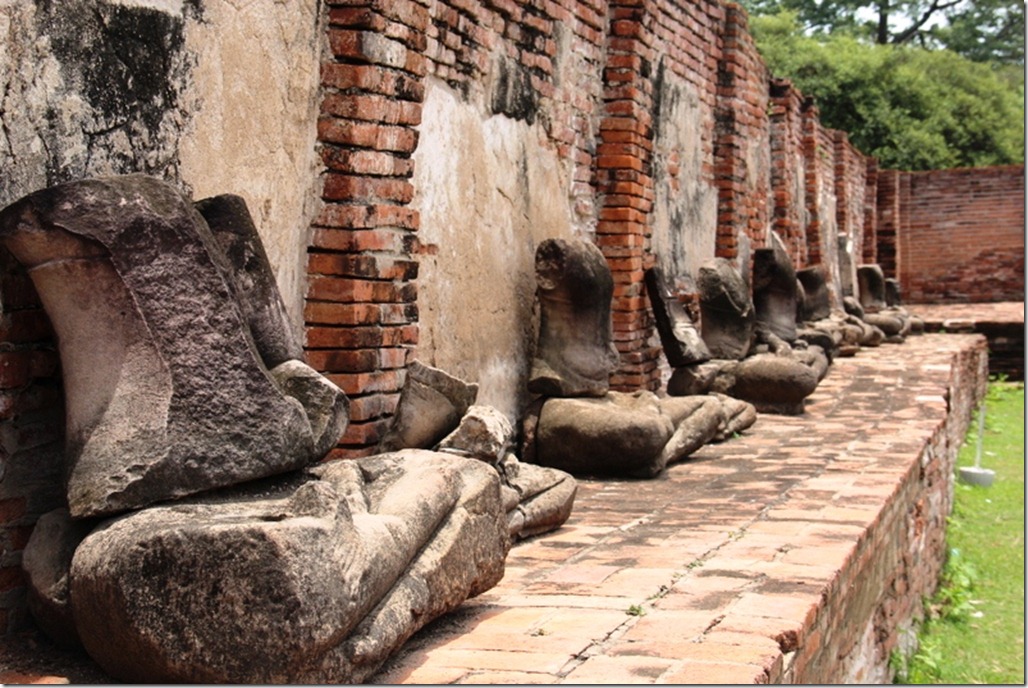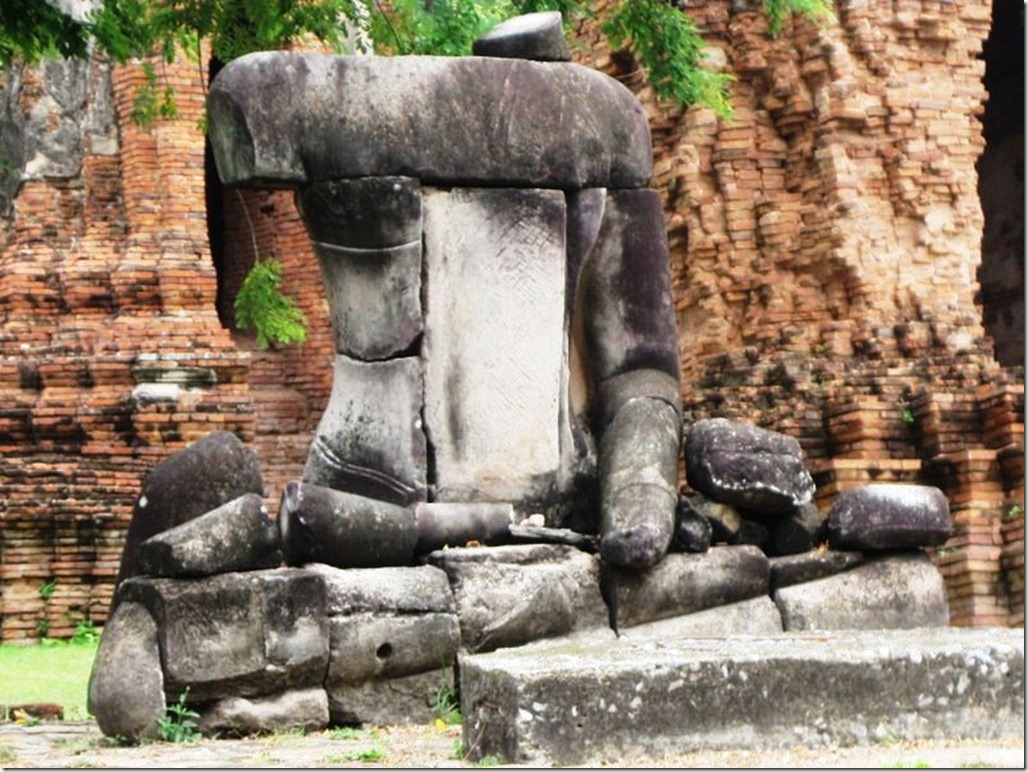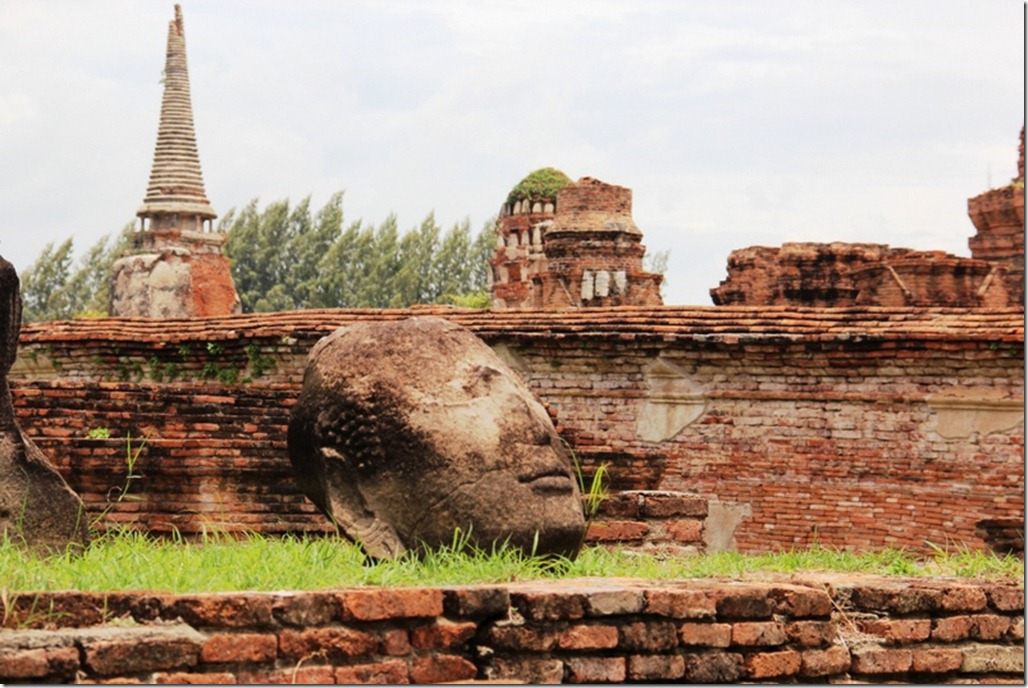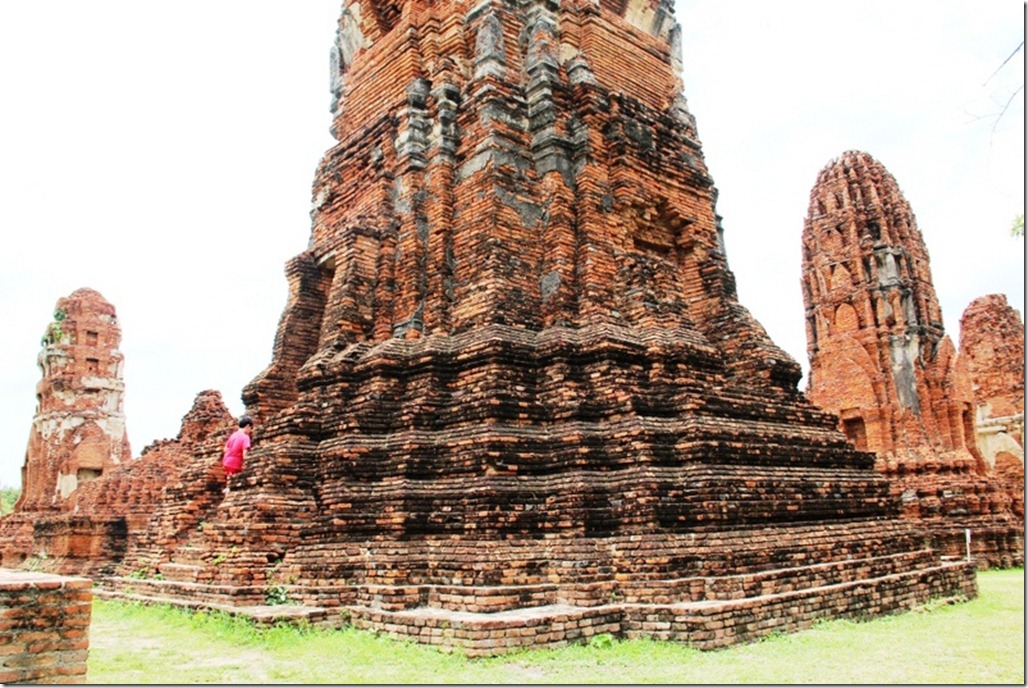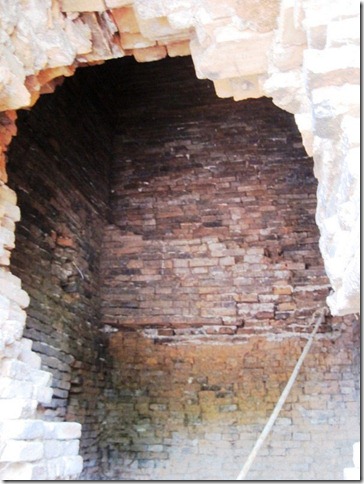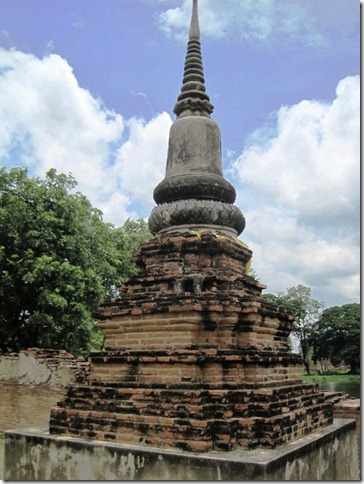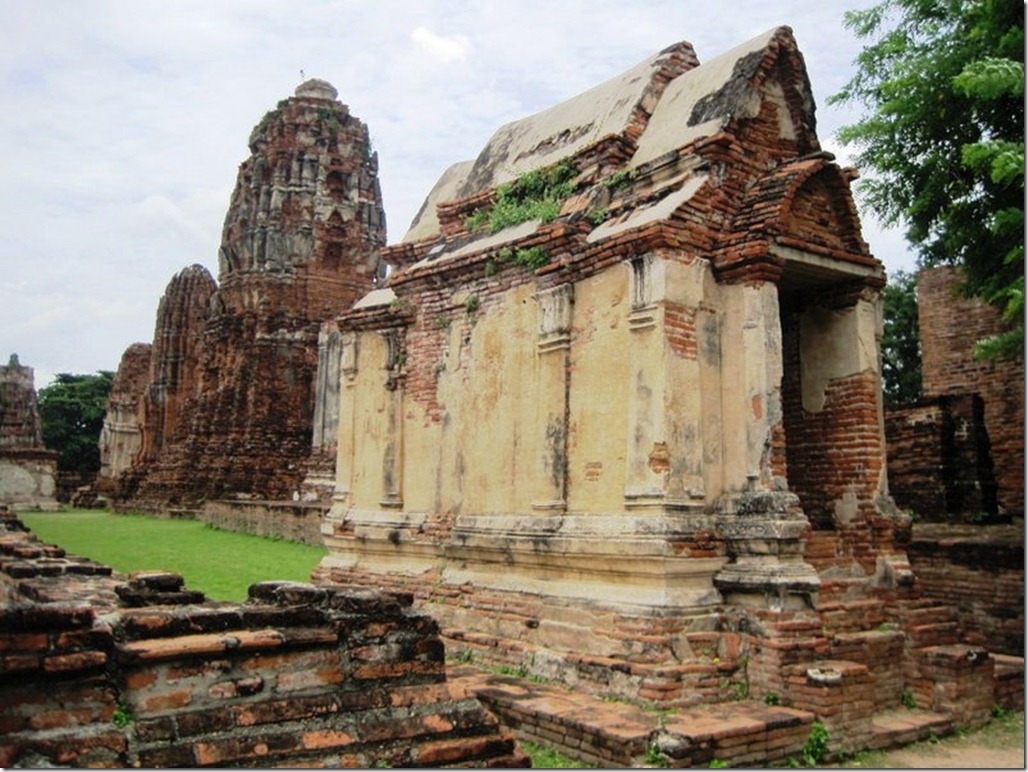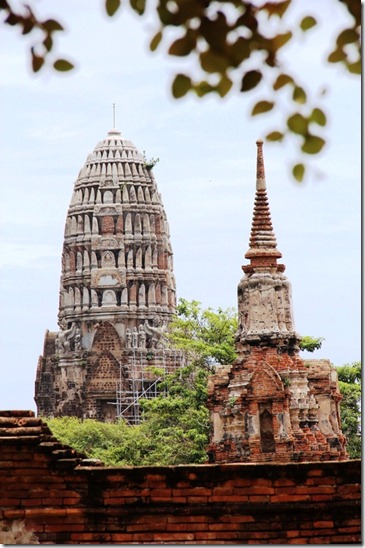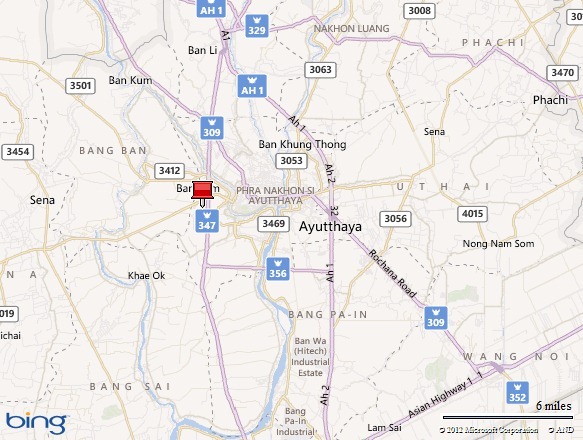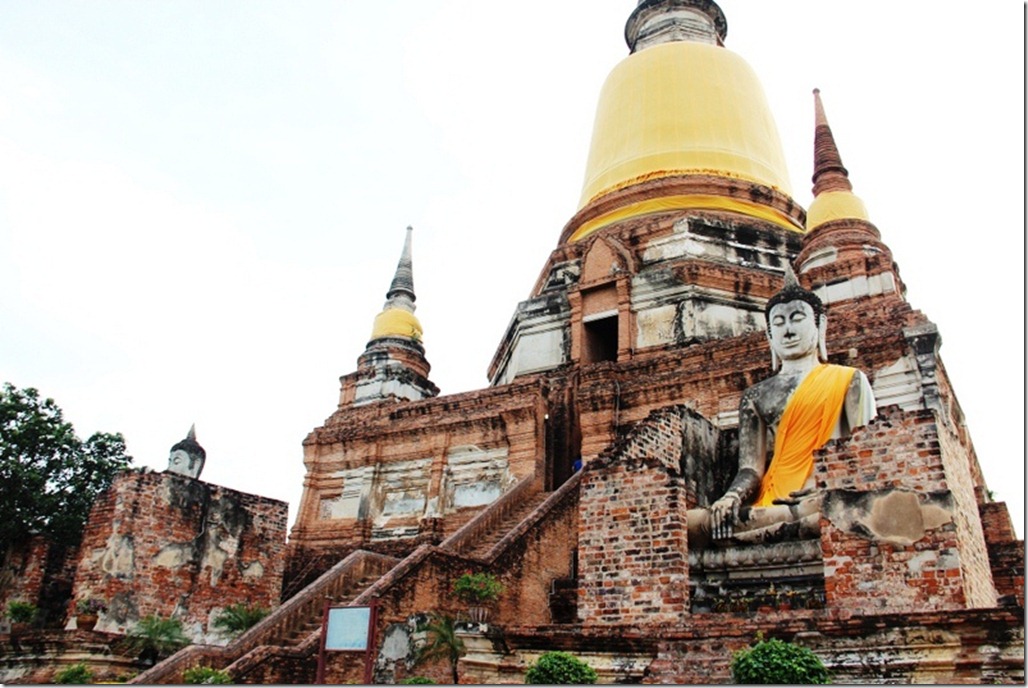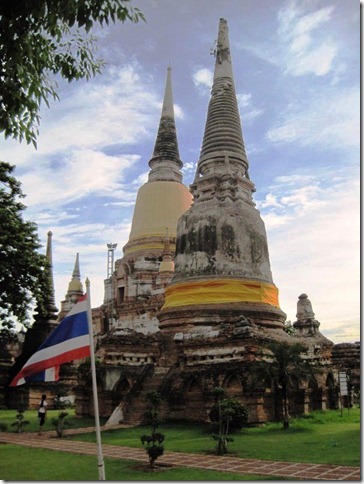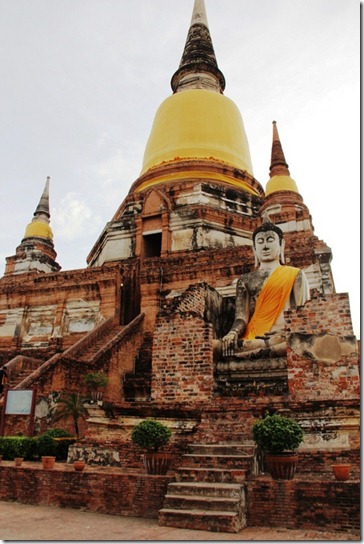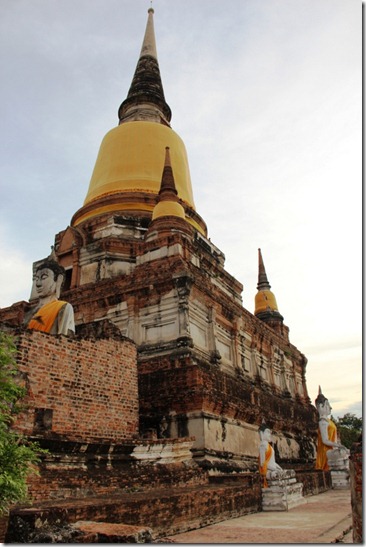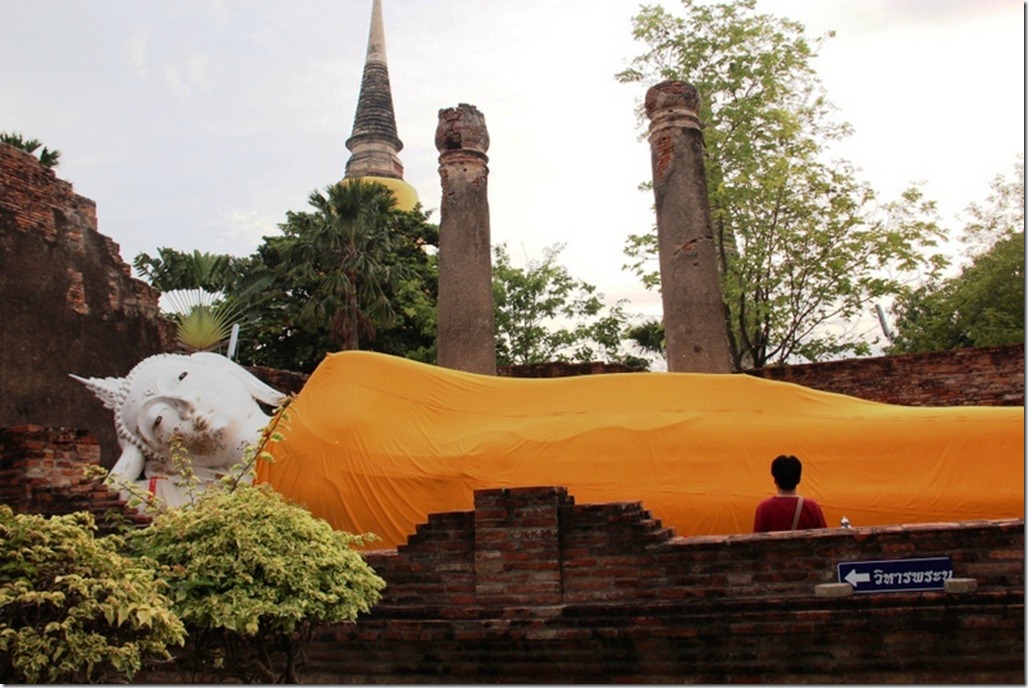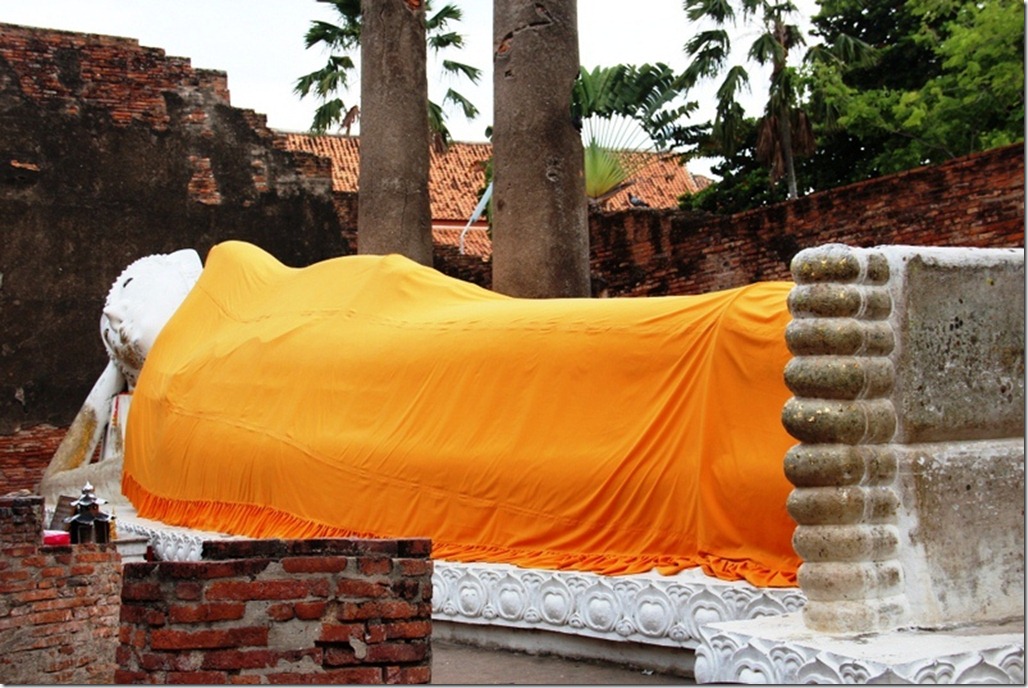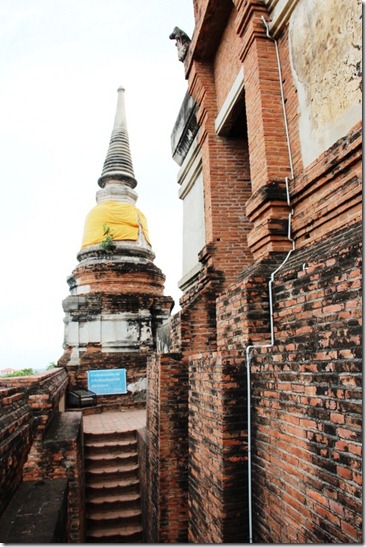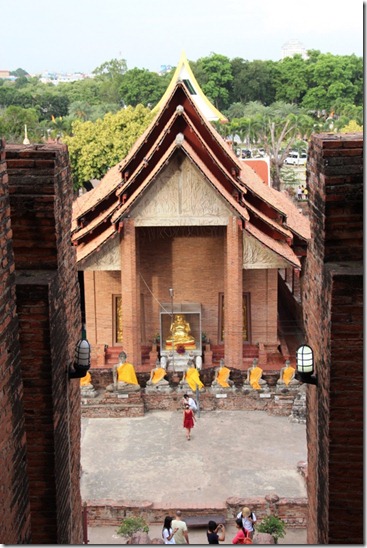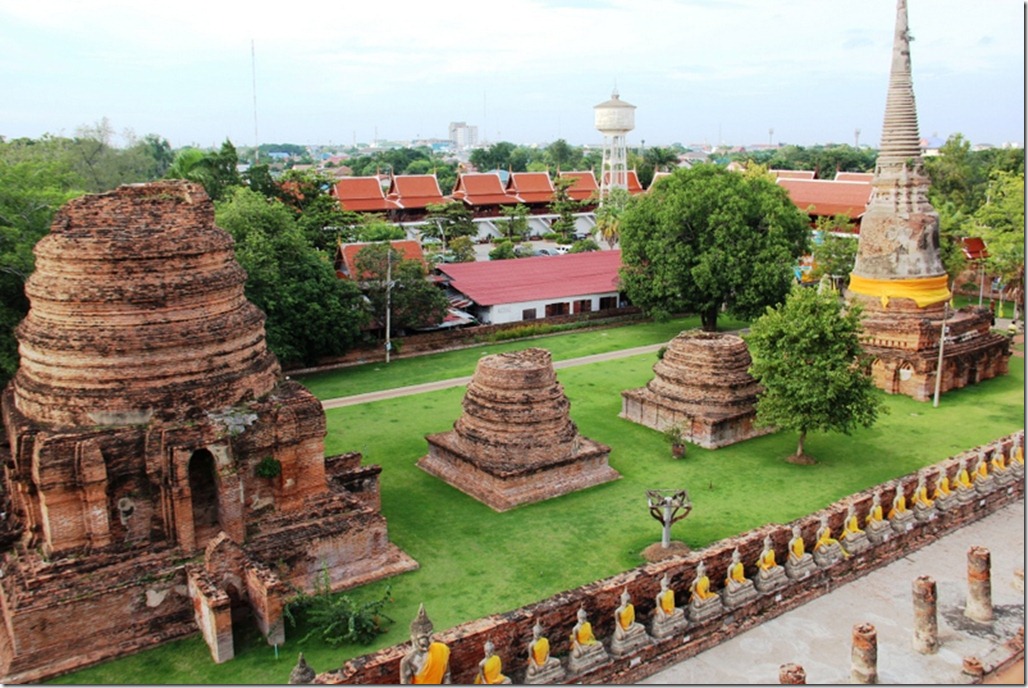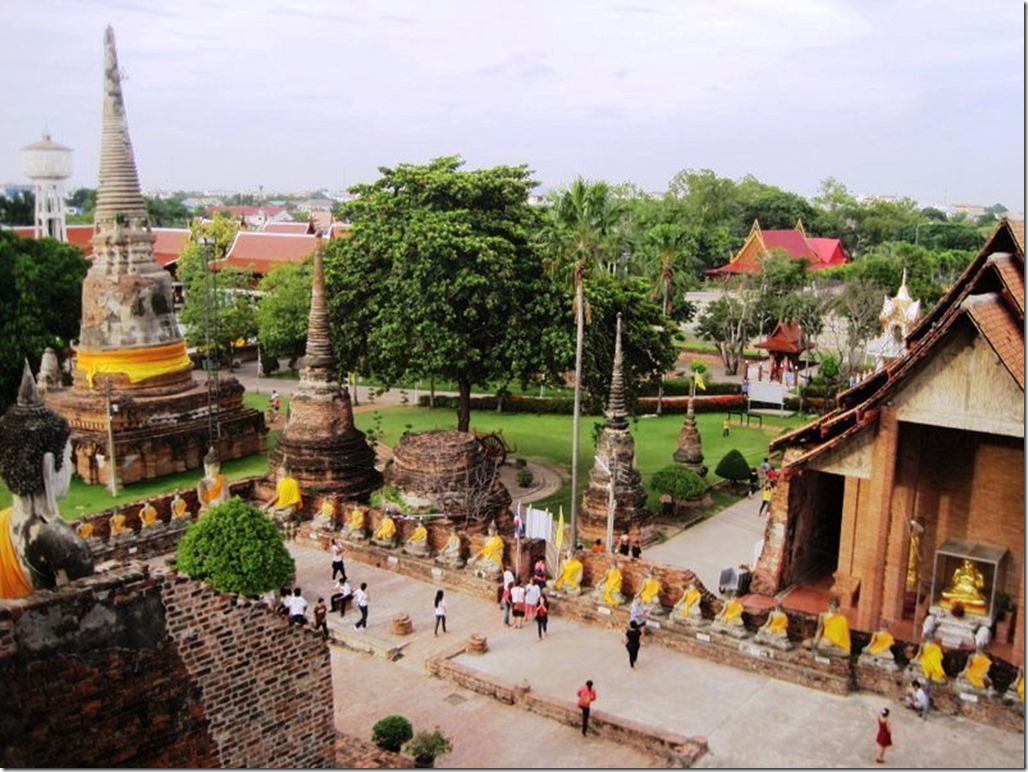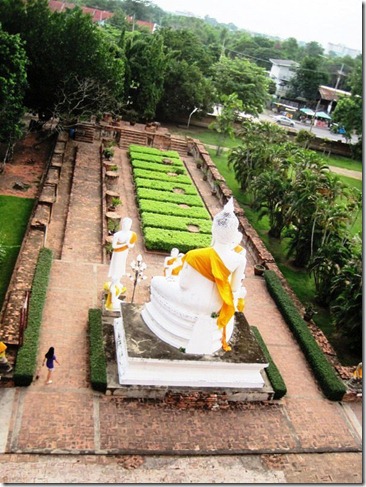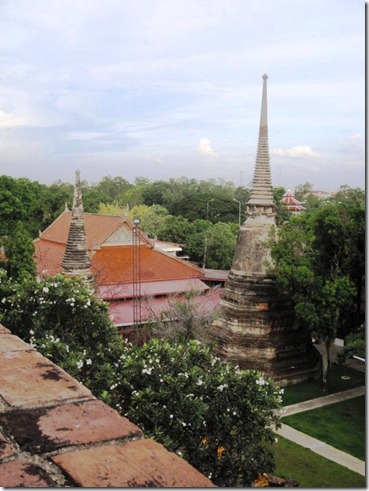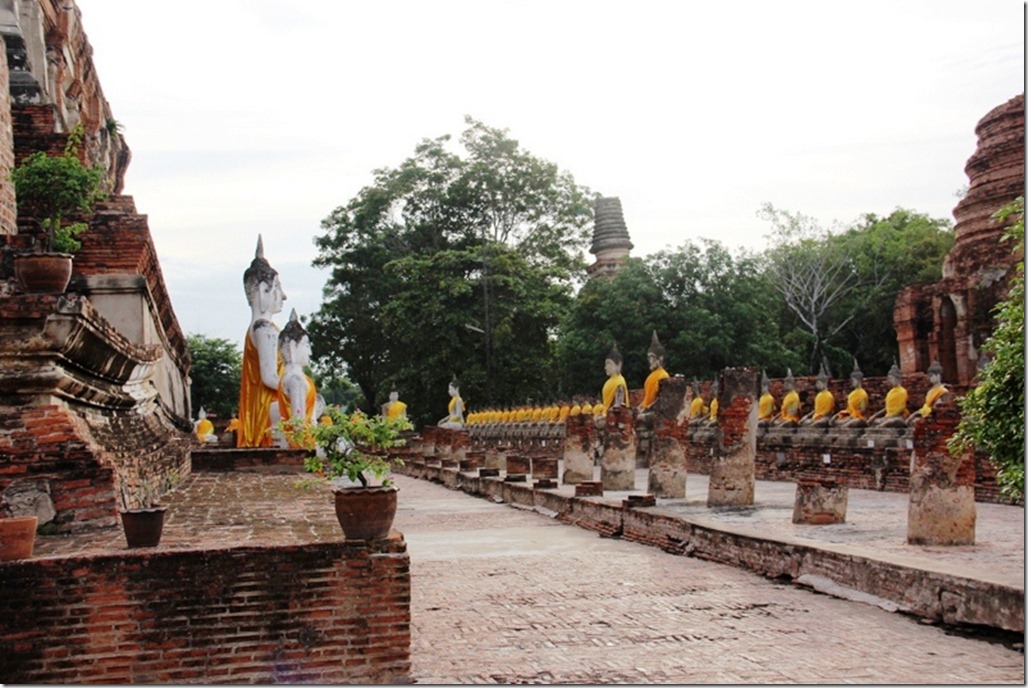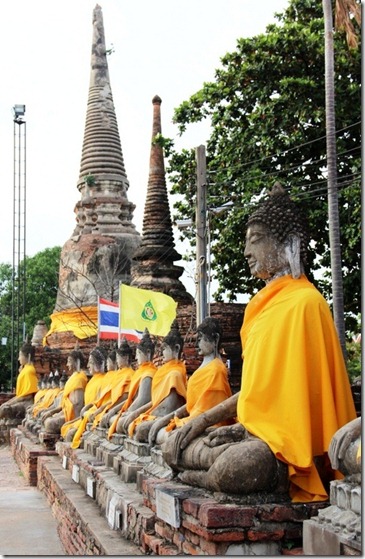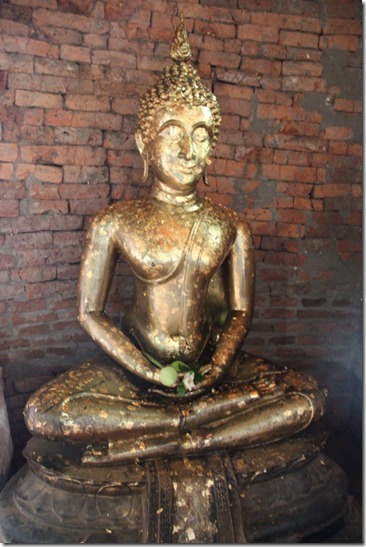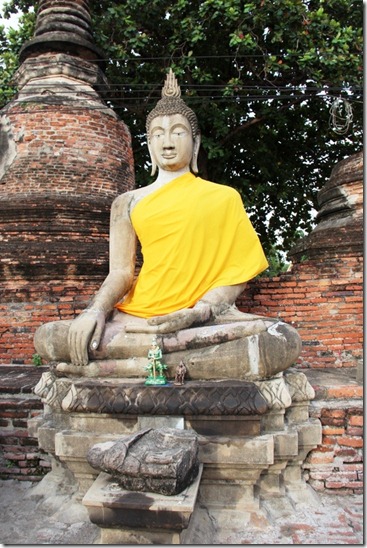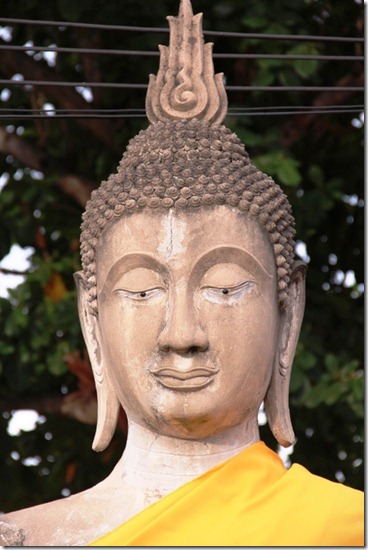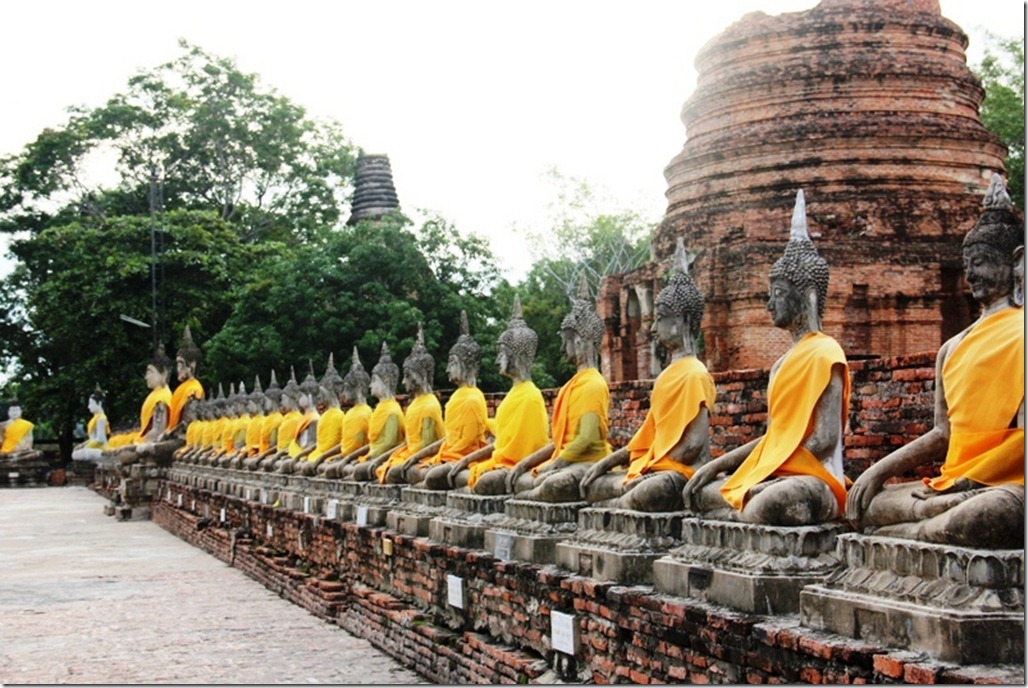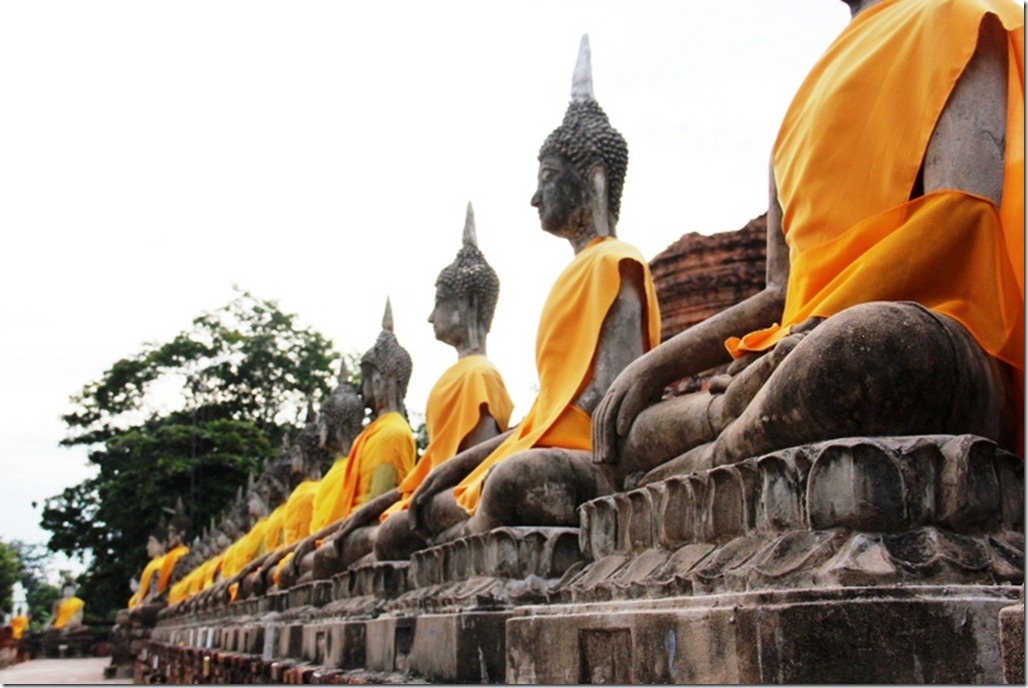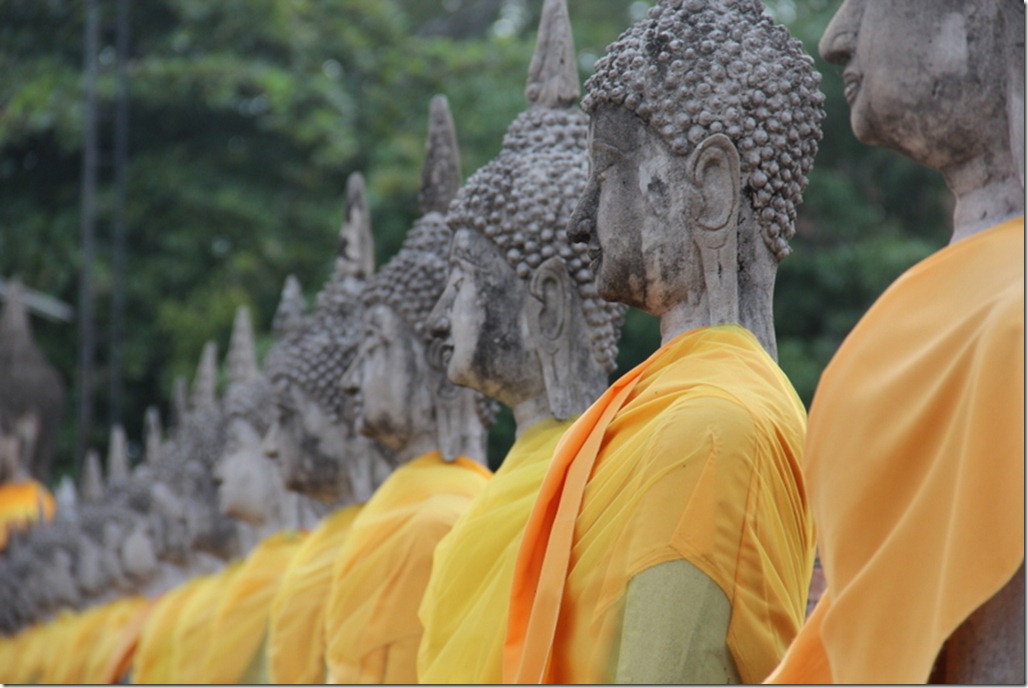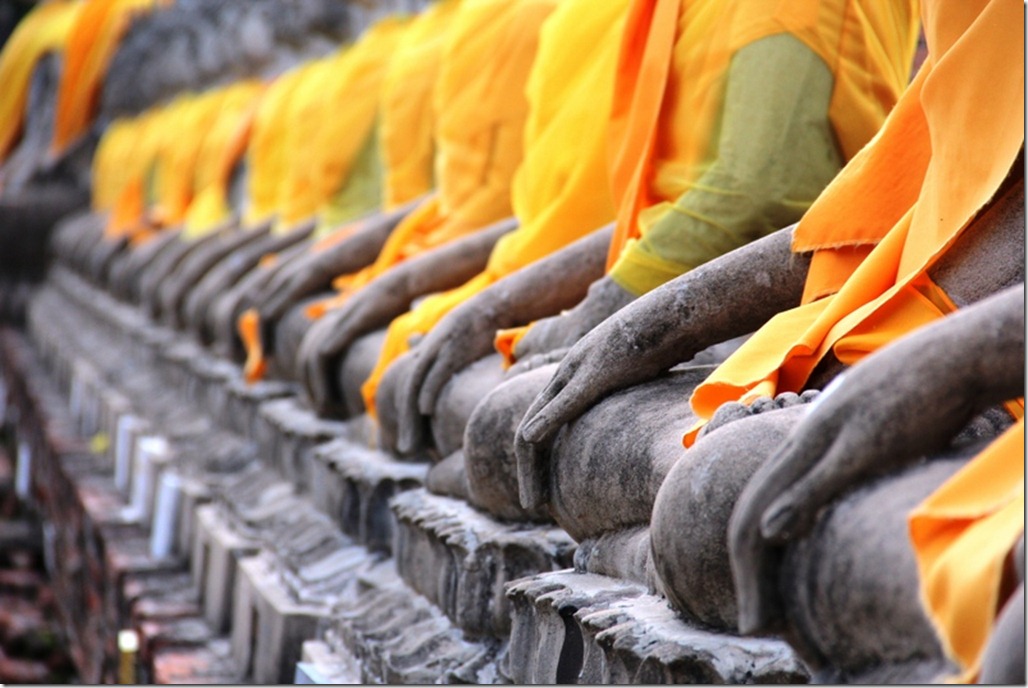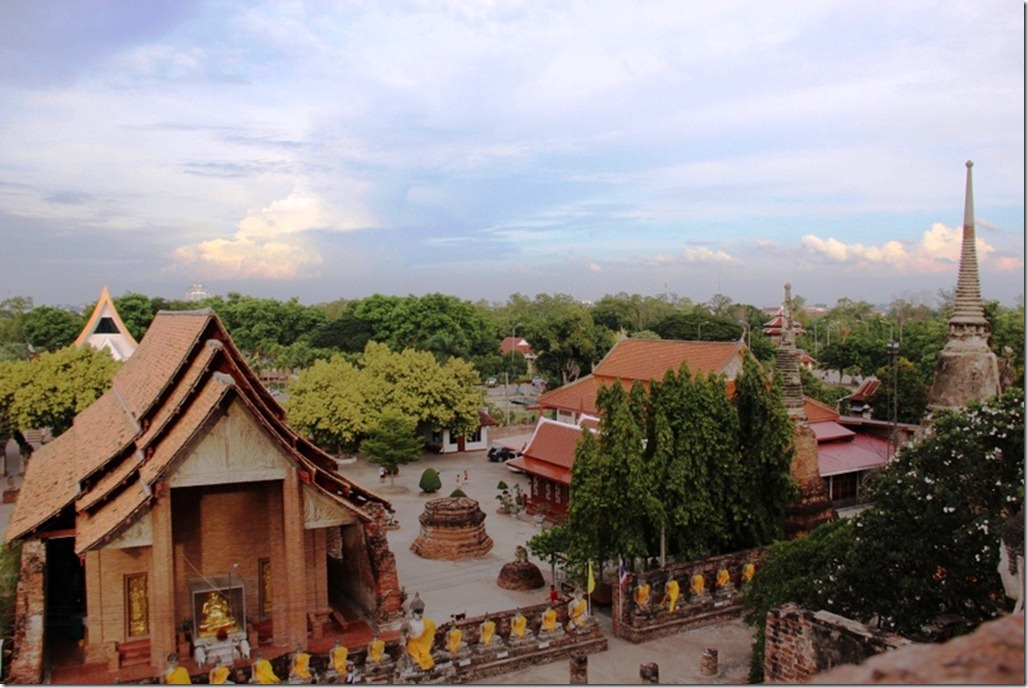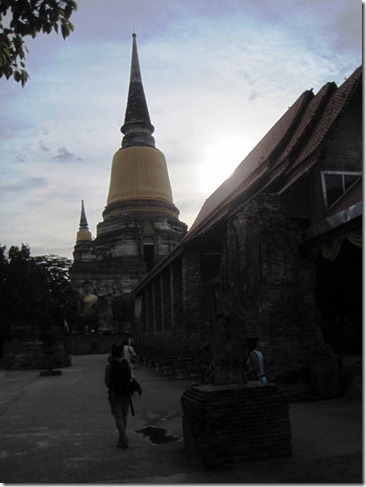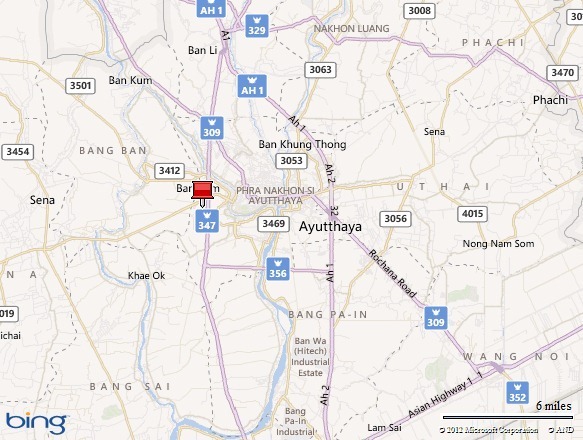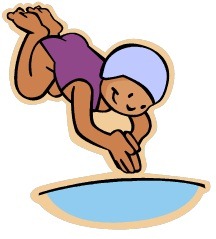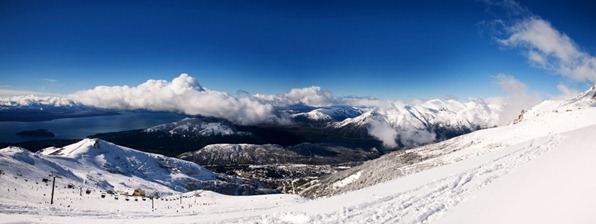Wat Mahathat in Ayutthaya, Thailand
This is the final installment of a five-part series about Ayutthaya, Thailand. This article features Wat Mahathat, the ruin of Buddhist temple dating back to the Ayutthaya Kingdom period (1350-1767). Previous posts discussed the historic City of Ayutthaya; the temple ruins of Wat Chaiwatthanaram; Buddhist monastery Wat Phu Khao Thong, and temple ruins of Wat Yai Chai Mongkhon.
Wat Mahathat, or the “Monastery of the Great Relic” according to the website History of Ayutthaya, is a former Buddhist temple located in the heart of historic Ayutthaya not far from the old royal palace. It is one of the most famous sites in the Ayutthaya Historical Park.
Wat Mahathat is best known for the photogenic Buddha’s head embedded in the trunk of a banyan tree. The well-preserved face with a serene look leaves a lasting impression. Experts believe that the sandstone head either fell from a statue and landed in the tree or was left there by a thief who could not haul it away.
Although most visitors come to see the famous head, the temple itself is just as interesting.
Wat Mahathat was one of the largest and most important temple complexes in the Ayutthaya Kingdom. Historical records indicate that it was either built by King Uthong (Ramathibodhi I, 1350-69), King Borommaracha I (1370-88), or King Ramesuan (1388-95). The site fell into disrepair in the 1630s and 1730s before the Burmese razed it in 1767. Many of the prang and stupa or chedi (spires) collapsed after years of decay. Efforts have been underway since 1956 to preserve the site.
The temple served as the religious center of the Ayutthaya Kingdom and was the seat of the supreme Buddhist patriarch of Siam (early Thailand). It once housed relics captured during military campaigns in Cambodia and elsewhere. During the annual Kathin (royal barge) ceremony, the Ayutthaya kings sailed in a procession of barges down a canal from the palace to the temple, where they would disembark, pray, and make offerings to the gods.
Like Wat Chaiwattanaram, the Khmer-style Wat Mahathat was built in the shape of five-pointed structure (quincunx) with a large central prang (tower) more than 50 meters (165 feet) high representing the legendary Buddhist mountain Meru (Phra Men). Four smaller prang on the corners formed a cross symbolizing four continents facing the sea (a large, grassy courtyard). An ordination hall lay nearby. Records indicate that the temple’s architectural style, artwork, and relics grew more ornate during subsequent renovations as befitted a place of religious significance.
Although efforts have been made to restore or add Buddha statues, most remain headless after being decapitated by the Burmese in 1767.
Some preserved prang, chedi, and a few murals amid a discombobulated maze of rubble are all that’s left of this once-magnificent place. While not as visually stunning as Wat Chaiwattanaram, Wat Mahathat has a larger footprint and an openness that lets you explore up close monuments of the former kingdom.
More About Ayutthaya, Thailand
Click here to read about the City of Ayutthaya and the Ayutthaya Historical Park
Click here to read about Wat Chaiwatthanaram, the ruin of a former Buddhist temple
Click here to read about Wat Phu Khao Thong, a historical Buddhist monastery
Click here to read about Wat Yai Chai Mongkhon, a historical Buddhist monastery
 M.G. Edwards is a writer of books and stories in the mystery, thriller and science fiction-fantasy genres. He also writes travel adventures. He is author of Kilimanjaro: One Man’s Quest to Go Over the Hill, a non-fiction account of his attempt to summit Mount Kilimanjaro, Africa’s highest mountain and a collection of short stories called Real Dreams: Thirty Years of Short Stories. His books are available as an e-book and in print on Amazon.com and other booksellers. He lives in Bangkok, Thailand with his wife Jing and son Alex.
M.G. Edwards is a writer of books and stories in the mystery, thriller and science fiction-fantasy genres. He also writes travel adventures. He is author of Kilimanjaro: One Man’s Quest to Go Over the Hill, a non-fiction account of his attempt to summit Mount Kilimanjaro, Africa’s highest mountain and a collection of short stories called Real Dreams: Thirty Years of Short Stories. His books are available as an e-book and in print on Amazon.com and other booksellers. He lives in Bangkok, Thailand with his wife Jing and son Alex.
For more books or stories by M.G. Edwards, visit his web site at www.mgedwards.com or his blog, World Adventurers. Contact him at me@mgedwards.com, on Facebook, on Google+, or @m_g_edwards on Twitter.

